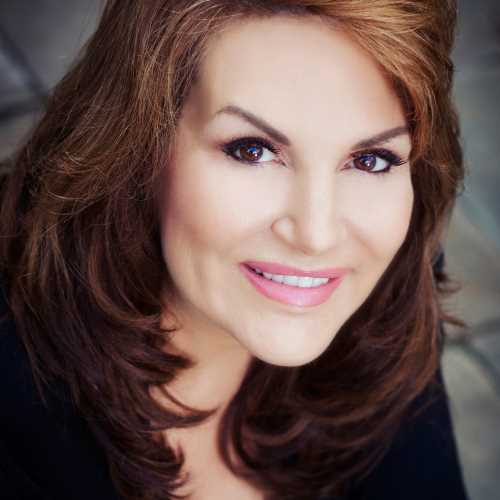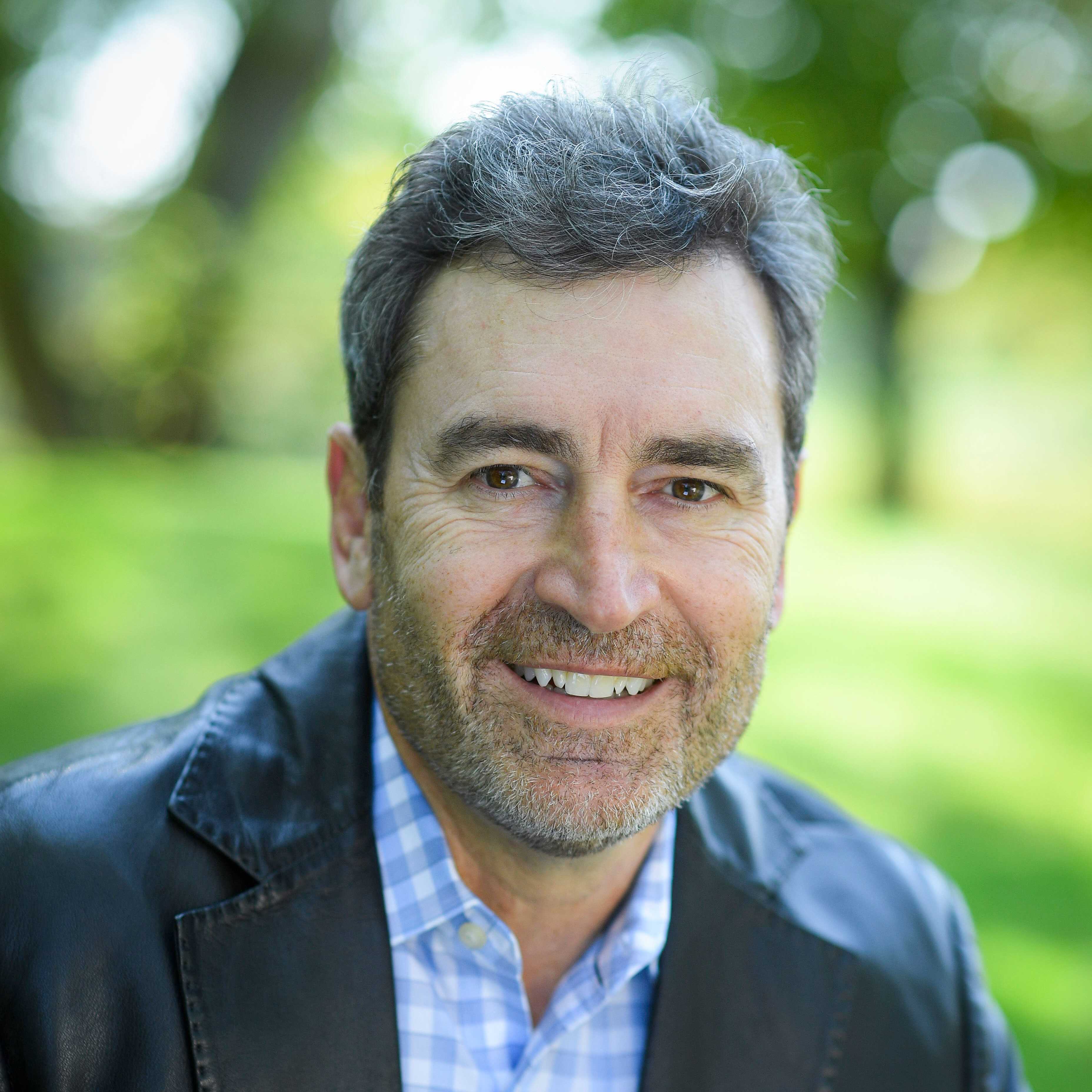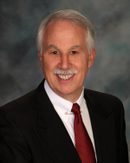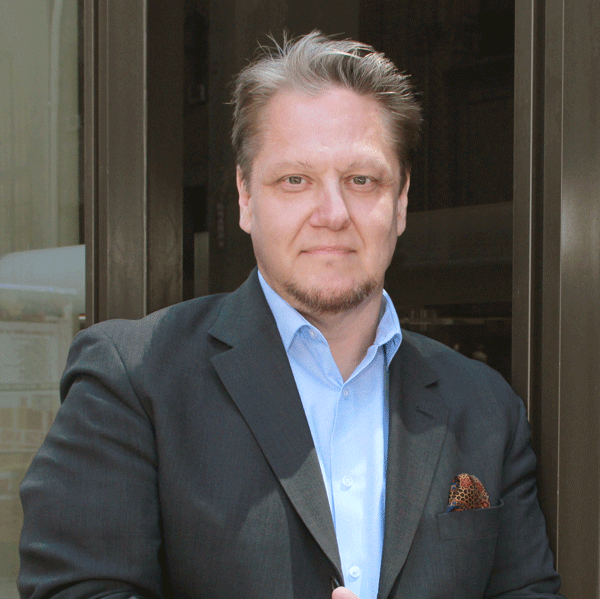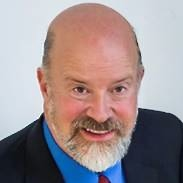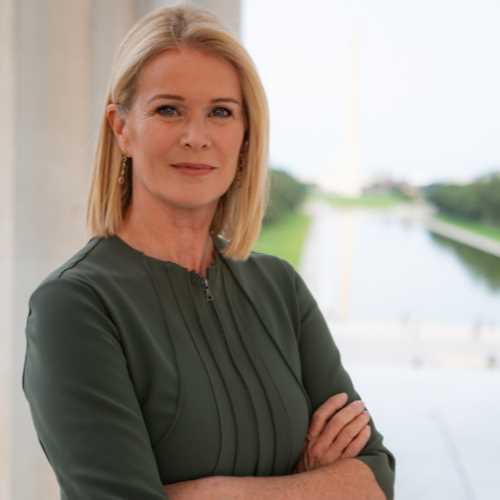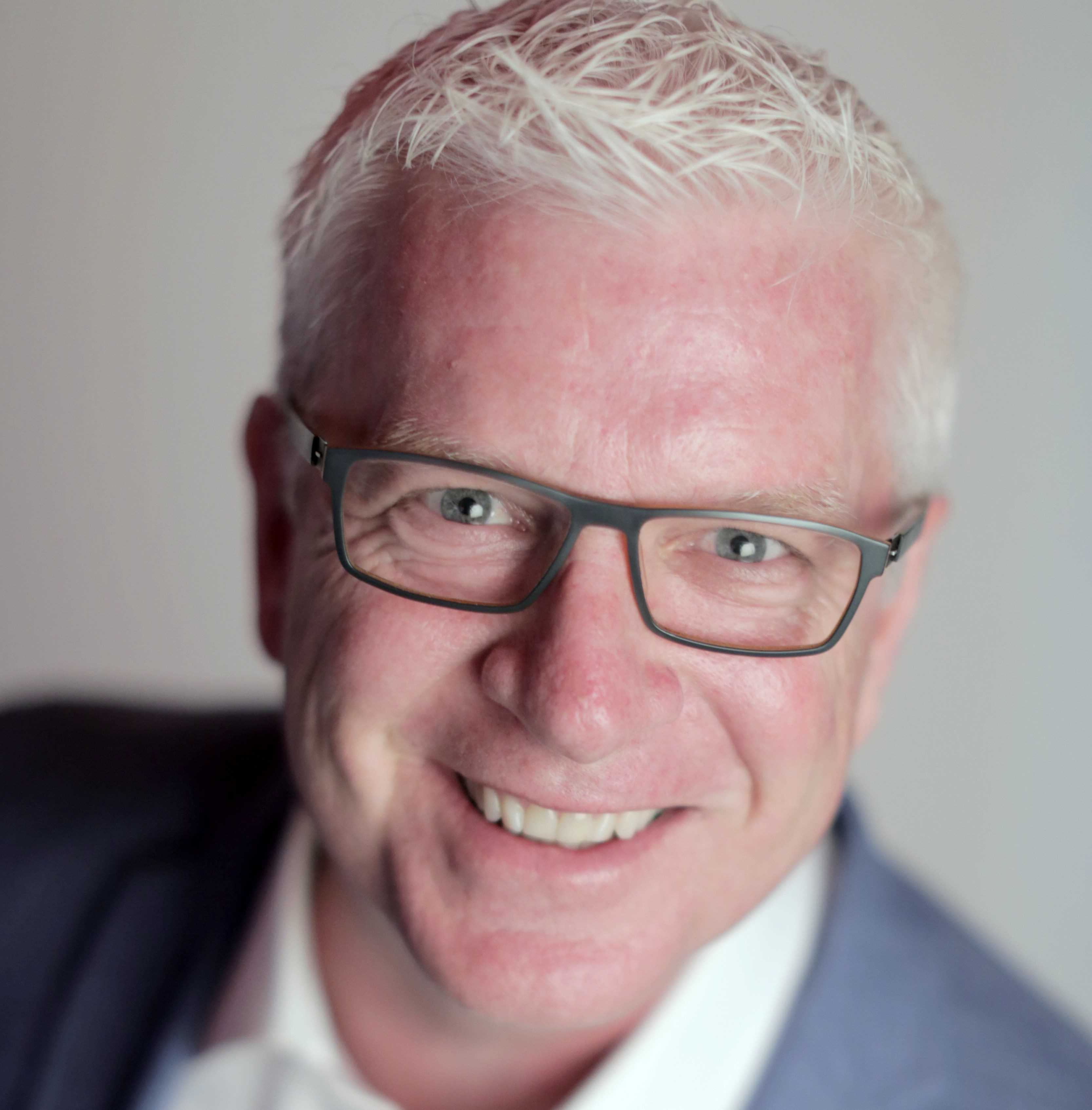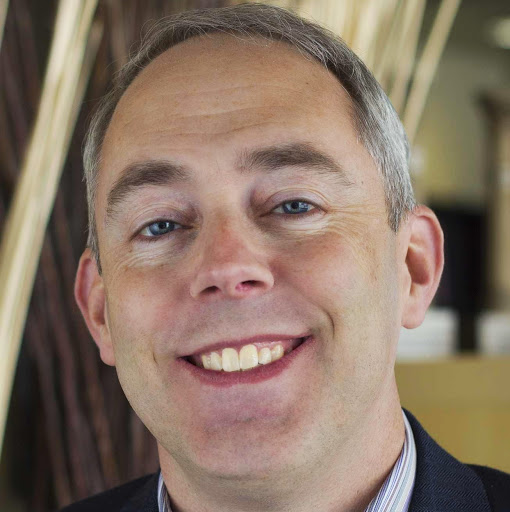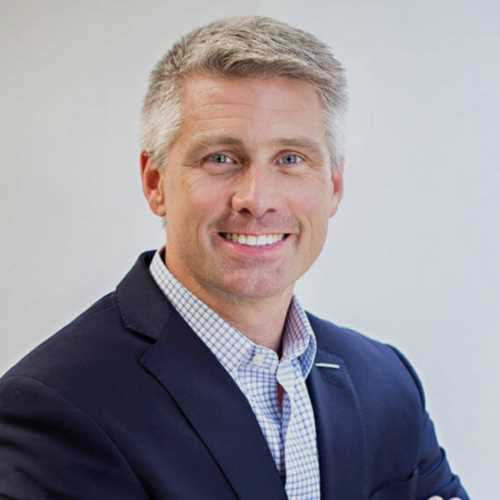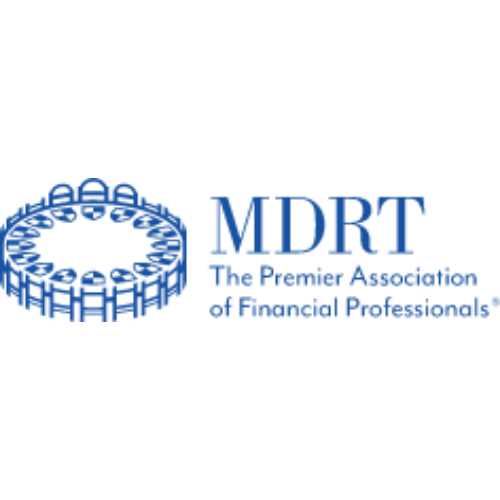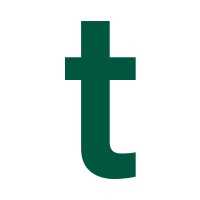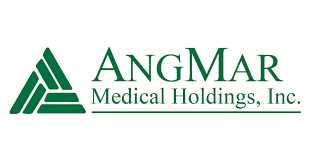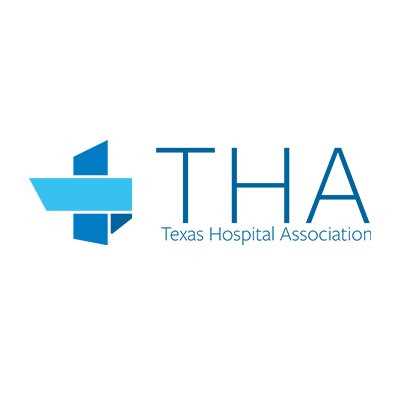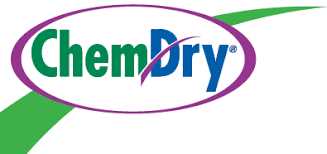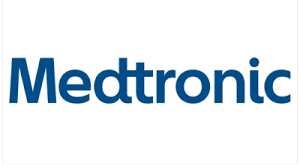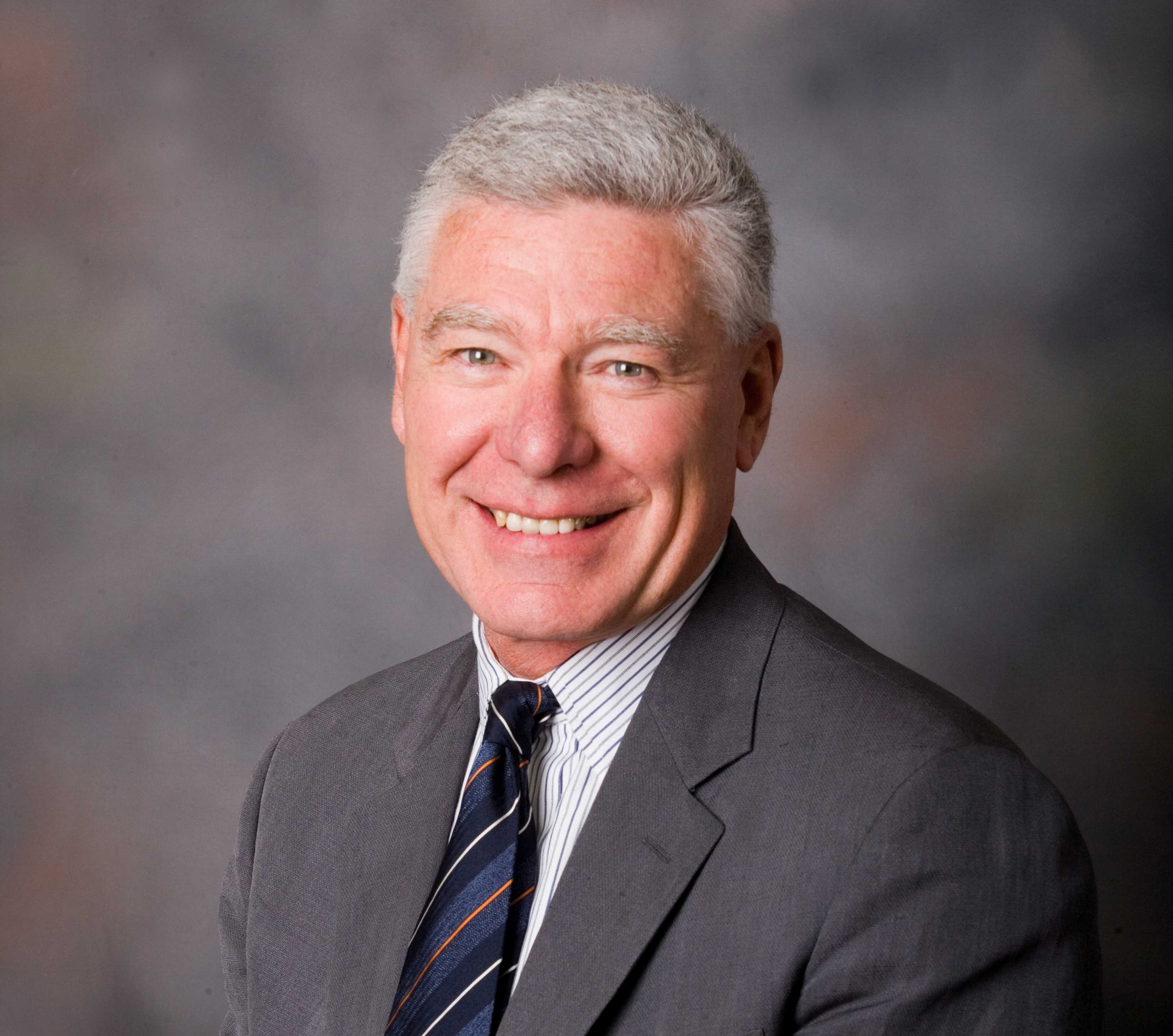
No videos found.
Jim Austin Speaker Biography
Jim Austin, a former senior executive at Baxter Healthcare, combines business strategy and organizational development theory with extensive industry experience. Jim is a lecturer/consultant at the Aresty Institute of Executive Education, Wharton Business School, where he tailors senior-level seminars for a number of leading entities including SIFMA, Boston Scientific, Coca-Cola, Lincoln Financial, GE, GlaxoSmithKline and Hitachi.
In 2013, Brown University appointed Jim a Senior Lecturer of Healthcare Leadership. He is currently Adjunct Assistant Professor of Health Services, Policy and Practice where he heads a graduate Leadership & Management course. From 1996 through 2016, Jim was a Business Management Professor at the Lake Forest Graduate School of Management where he received the “Most Distinguished Corporate Education Faculty Member” (2009-10) and the “Learning Excellence” (2015) awards. From 2013-2016, he was an Adjunct Faculty in the Department of Health Systems Management, College of Health Sciences, Rush University, where he taught a graduate seminar on Healthcare Ethics. Jim’s book, Transformative Planning: How Your Healthcare Organization Can Strategize for an Uncertain Future (Health Administration Press, 2018), helps healthcare leaders drive transformational change.
From 2005–2016, Jim worked at Decision Strategies International, leaving as a Senior Principal. There, he directed numerous projects including scenarios of the future for a medical devices firm, R&D priorities for a major consumer products company, a strategic plan for the American College of Radiology, scenarios of the future for the League of Southeastern Credit Unions, and a new vision and strategic priorities for the national and IL Boards of Volunteers of America (VOA). He now heads his own firm, JH Austin Associates, Inc. (www.jh-austin.com).
Prior to joining Decision Strategies, Jim spent 12 years at Baxter Healthcare, the last four as vice president of strategy development for the Renal Division. At Baxter, Jim identified new business opportunities, facilitated annual strategy planning processes, and worked with senior management on organizational development for this rapidly growing, nearly $2B Division. Before that, Jim was assistant to the president for ANCHOR HMO, a subsidiary of Rush Medical Center, Chicago. Prior to his move to Chicago, Jim worked as a consultant for Arthur D. Little, Inc., where he led a number of large-scale planning, business development, and strategic positioning studies. Between college and graduate school, he spent four years as an economist/planning officer in the Ministry of Finance, Botswana.
Jim holds a BA in economics and politics from Yale University. He was a Special Student at the Massachusetts Institute of Technology in the Urban Studies Department; he received a joint Master of Public Affairs (MPA) and Master of Urban and Regional Planning (MURP) from the Woodrow Wilson School, Princeton University. Previously, Jim was chairman of the Strategic Leadership Forum, a board member of the National Kidney Foundation of Illinois, member of the Board of Directors for the University Club of Chicago, treasurer of LaSalle Language Academy, and member of the Admissions Committee for the Latin School of Chicago.
Most Popular Keynote Topics include:
- Finding New Growth Opportunities
- Building a Vision
- Execution and Driving Change
- Improving Strategic Decision-Making
- Scenario Planning and Strategic Agility
Seminar Offerings include:
The following half-day to full-day seminars seek to: Help front-line leaders shift from managing to leading; Aid leaders in setting strategic direction for their teams, not just delivering on short-term requirements; and, be directly applicable, adding immediate value within client organizations.
Each seminar can be customized for different clients as a stand-alone offering, or combined with the other topics outlined.
Seminar 1.
Creating a Vision
One critical aspect of leadership is creating a compelling, yet realistic vision, whether for a team or the organization. Good visions combine aspirational as well as core goals and “employee hooks.” This is especially critical in driving change: not just explaining the “what”, but more importantly, the “why” for any major strategic effort. The seminar, based on Mike Useem’s (Wharton) and Jim Collins’ (Stanford) work, engages attendees in defining their organizational purpose, values and aspirational goals. Using real world examples from current companies as well as Col. Chamberlain’s motivational speech to his troops before the pivotal battle at Gettysburg on July 2, 1863, the essentials for developing a unique, inspiring vision will be explored.
Seminar 2.
What is Strategy?
Where to Play/How to Win
Developed in client seminars at major companies such as Walgreens and Boston Scientific, and based on articles by Hambrick (“Are You Sure You Have a Strategy?”) and Collis (“Can You Say What Your Strategy Is?”), this seminar explores identifying profitable segments for growth (where to play) and how firms should then compete in those segments (how to win). These are the critical questions to answer in developing a strategy. The problem is, as Rumelt explains (Good Strategy, Bad Strategy), most strategic plans stop at the broad goal level and never yield sufficient granularity to drive “sustainable competitive advantage” (Porter).
Seminar 3.
Strategy: Developing a Strategic
Portfolio of Initiatives
Good strategies make trade-offs, focusing resources in the pursuit of sustainable competitive advantage. This seminar will help participants:
--Define their critical longer-term goals that support their Vision and Key Goals;
--Utilize several strategic planning frameworks to identify strategic initiatives; and
--Prioritize these strategic initiatives in the pursuit of longer-term value and growth, while continuing to meet short-term requirements.
Built around articles by Hambrick (“Are You Sure You Have a Strategy?”) and Collis (“Can You Say What Your Strategy Is?), as well as the book The Granularity of Growth, this workshop explores identifying segments for growth (“where to play”), how organizations can best compete in those segments (“how to win”) and approaches for developing a portfolio of options (short-, medium- and longer-term) to reduce risk and increase future flexibility.
Seminar 4.
Identifying Growth Opportunities/
Strategy from the Outside-In
While traditional strategy emphasizes competitive positioning within existing industry or business structures, Value Innovation--based on George Day’s book, Strategy from the Outside-In--seeks new opportunities from the customer’s perspective. This seminar will help participants:
--Understand key customer segment needs, especially those needs that are not being met today;
--Find growth opportunities in adjacencies and totally new product/service offerings;
--Change competitive conditions by focusing on value drivers preferred by critical customers.
Key frameworks to be explored are Value Curves and Pain Point analyses, tied to P. Fuller’s work on Customer Centricity, to help attendees identify new growth opportunities.
Seminar 5.
Strategy Execution and Driving Change—
Tying It All Together
As Larry Bossidy explains in his book, Execution, strategies are only as good as their execution. Unfortunately, most managers see strategy formulation and strategy execution as two separate efforts, rather than an integrated set of iterative moves. This seminar will help participants understand:
--The ideal relationship between Strategy Development and its Execution; and,
--A simple, three-step model to optimize execution.
Two concepts will be further explored: First, execution-oriented entities have clear visions that articulate aspirational goals, but also practical “hooks” to guide daily decision-making; and,
Second, leading entities “utilize dual paintbrushes”--making core operations more efficient, while also exploring experimental or innovative opportunities. Unfortunately, both require different skills and measurement systems, which many groups find hard to articulate and balance.
Seminar 6. Strategic Agility
In today’s VUCA world—Volatile, Uncertain, Complex and Ambiguous—flexibility is critical. As Jack Welch states, “Strategy is an approximate course of action that you frequently revisit and redefine, according to shifting market conditions.” The concept of strategic agility is that iterative process Welch refers to: establishing a clear goal(s) and midpoints, but being flexible as to the strategic initiatives to accomplish the goal(s). In this seminar, attendees will be challenged to develop an “options” approach to strategy, especially for longer-term, more speculative efforts. Two core concepts will be articulated: the need to balance “core” operations with adaptive efforts; and broad monitoring efforts to learn “faster than the competition.”
Seminar 7.
Innovation
As GE defines innovation: “The practical and successful application of many types of ideas, including inventions, to create business value.” Most companies focus on incremental product and service innovations; in fact, most value is created in totally new endeavors. The problem is risk: as entities move beyond adjacencies into whole new markets, products, services…risk rises exponentially. This seminar will help leaders better understand incremental and transformative innovation, the risks involved, and the need to develop a portfolio of options for innovation-driven growth. Attendees will also be exposed to leading company approaches to idea generation, prioritization and innovation tournaments (based on work by C.Terwiesch).
Seminar 8.
Leading Transformational Change in
Healthcare Institutions
Based on Mr. Austin's recently published book, Transformative Planning, this seminar is for senior healthcare leaders seeking to transform--not just incrementally improve--their organization to meet the changing requirements of local, regional and national healthcare reform. But what is meant by “transformational” change? Definitions abound from reducing the rate of healthcare cost increases to “global health” focusing on “improving health and achieving equity in health for all people worldwide.” In-between are multiple gradations of “transformational”…Clayton Christensen, for example, argues for “disruptive innovations to revitalize the health care industry,” meaning low-cost, readily available technologies that will “provide sophisticated service in affordable settings.” This seminar explores the opportunities and challenges in transformational change by:
--Assessing the mental models that can impede the exploration of new, innovative alternatives;
--Outlining future options that enable strategic dialogue and broader, “outside-in” thinking”; and,
--Driving execution to meet short-, medium- and longer-term goals.
Seminar 9.
Decision-Making Under Uncertainty
In today’s VUCA world—Volatile, Uncertain, Complex and Ambiguous—decision-making is critical. Unfortunately, as Dan Ariely writes, we are all “predictably irrational.” This seminar outlines, through videos and interactive exercises, the key steps to critical thinking:
· What is the problem?
· Where to gather information, especially “disconfirming” data?
· How to make the decision?
· Are we willing to adjust afterwards based on new information?
For each of the decision steps outlined, participants will be engaged in short exercises that highlight the ‘decision traps’ we are all prone to exhibit. How we respond, though, is culturally-specific—adding additional complexity for global leaders. Throughout, attendees will be challenged to develop an “options” approach to decision-making, especially for longer-term, more uncertain efforts.

